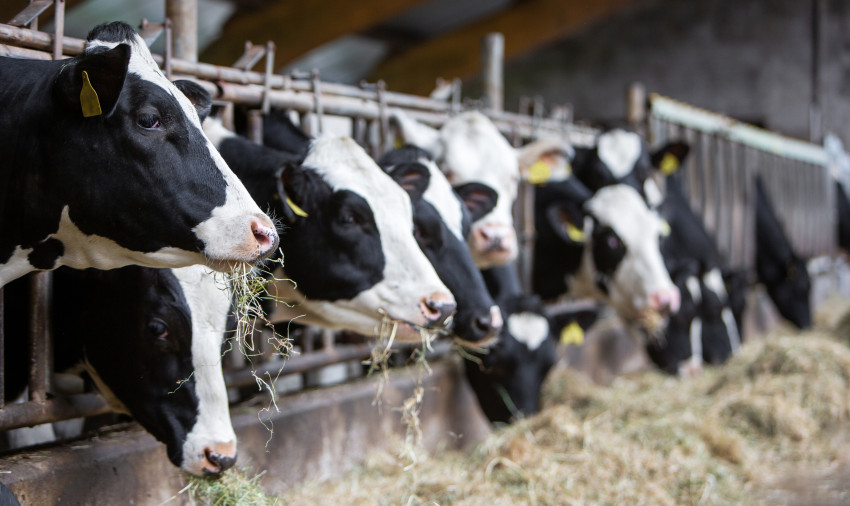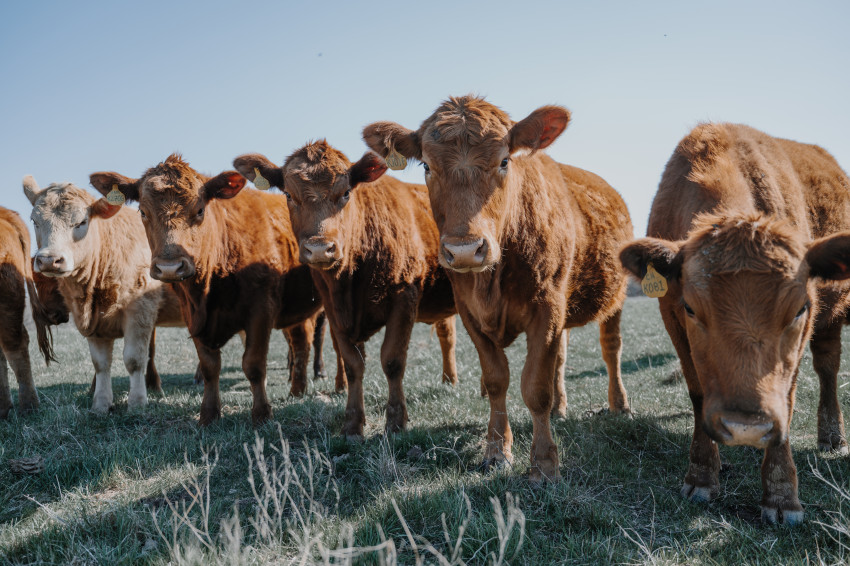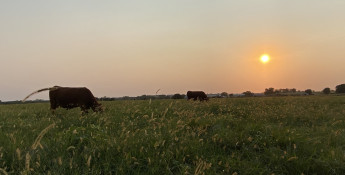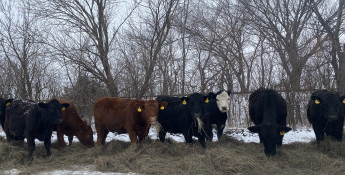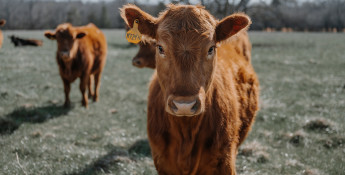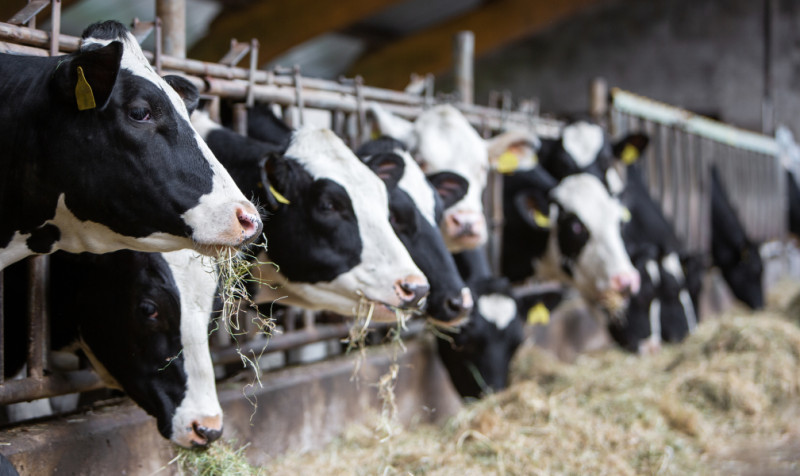By Brandi Buzzard on May 21, 2024
5 Facts About Avian Influenza in Cattle
Learn more about how avian influenza in cattle is impacting agriculture and food buyers.

By now you’re likely aware of an outbreak of highly pathogenic avian influenza, otherwise known as HPAI H5N1, in commercial poultry flocks. The virus has affected domestic birds since the late 1990s and was found in wild birds in 2020. In March it was detected for the first time in dairy cows on farms in Texas and Kansas.
While viruses can be alarming, there are several safeguards in place to protect our food supply as well as our animals. Below are some key points to bear in mind when it comes to HPAI H5N1.
1. The risk to people is low.
According to the Centers for Disease Control (CDC), HPAI does not currently pose a high public health risk, and there is only one documented case of it in humans since the outbreak started in early March.[1]
2. Cattle are surviving.
The Animal and Plant Health Inspection Service (APHIS) states there is, “Currently no need to depopulate dairy herds, and unlike HPAI H5N1 in birds, which is typically fatal, little to no mortality has been reported concerning cattle and the animals are recovering.”[2]
3. Our food supply is safe.
Pasteurization is a crown jewel in our nation’s food safety system. The USDA Food and Drug Administration (FDA) has tested fluid milk, cottage cheese and sour cream samples from affected cows and results show that pasteurization effectively inactivates HPAI. Because milk products are pasteurized before entering grocery store markets, there is no need for a milk recall. In addition, milk from sick cows does not enter the food supply chain.
4. The virus is not spreading quickly.
As of May 15, 2024, the virus has been confirmed in only nine states and in many cases, a small number of herds. Michigan has the most herds confirmed with HPAI, with 14, whereas Kansas has only four, Colorado has two and Ohio, North Carolina and South Dakota each only have one. The spread is being controlled via a Federal Order (FO) from the USDA, which requires mandatory testing prior to the interstate movement of lactating dairy cattle. Furthermore, mandatory reporting of positive HPAI H5N1 results in livestock is required. The order also requires cattle from herds that test positive are not permitted to move interstate for 30 days, in which case they are to be tested again before movement.[3]
5. Beef cattle herds have not been affected.
Of particular importance to my family and other cattle ranching families, so far HPAI H5N1 has not been detected in commercial beef herds. On May 1, 2024, USDA’s Food Safety and Inspection Service (FSIS) announced the agency had tested ground beef samples from HPAI H5N1 positive dairy cattle herds and all samples tested negative, meaning you should not fear consuming beef during this time, just like there is no fear to consume milk from the grocery store.
As aforementioned, viruses can be alarming and precautions for preventing their spread should be taken seriously. Although HPAI H5N1 is deadly in poultry and can cause widespread fatalities in mere days, the safety of our food supply and both dairy and beef herds remains intact.
I hope this has been a helpful overview and calmed any worries you may have. If you have any questions, feel free to contact me directly on social media. As always, thank you for reading and for supporting U.S. farmers and ranchers – you are appreciated!
[1] https://www.cdc.gov/flu/avianflu/spotlights/index.htm
[2] https://www.aphis.usda.gov/sites/default/files/hpai-dairy-faqs.pdf
[3] https://www.aphis.usda.gov/sites/default/files/tech-notes-clarification-inquiries-rcvd-fo.pdf

